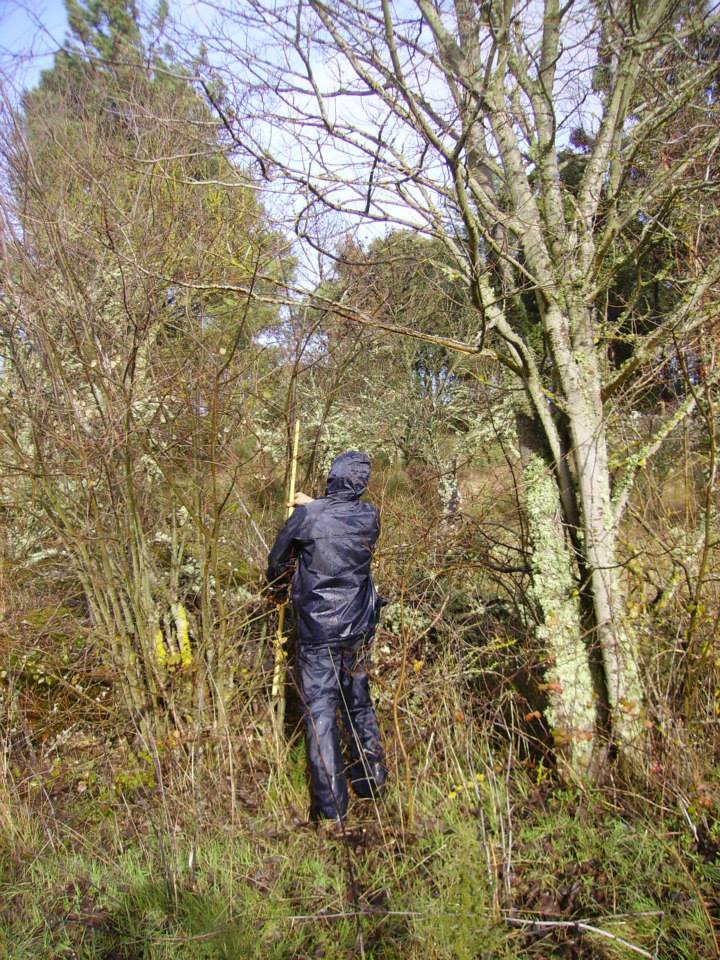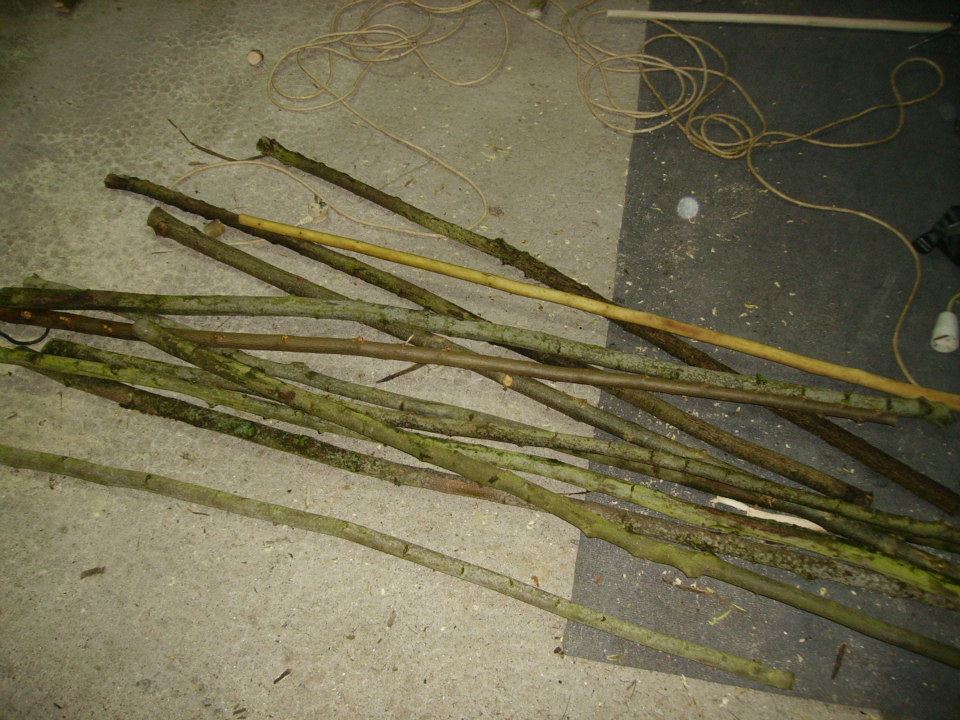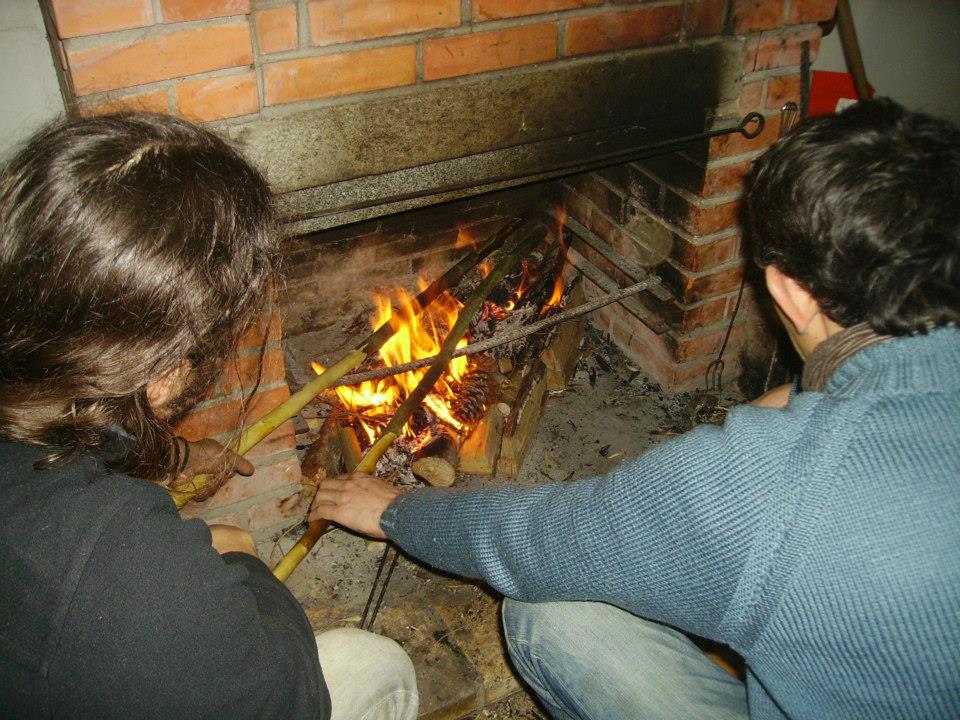We all know the importance of a good wooden staff in the practice of a martial art like Jogo do Pau. It is an extension of the practitioner’s body and mind, so for each martial artist there will be an ideal staff.
According to some authors, the noble woods used in the practice of the traditional Portuguese Martial Art (staff fighters) are Quince (Cydonia oblonga), Lodão (Celtis australis), Ash (Fraxinus angustifolia) and Chestnut (Castanea sativa). Each has different characteristics:
- The quince tree, gives rise to the queen of the staffs, is hard, flexible and doesn’t break, maybe that’s why the expression “vai ou racha” (goes or breaks). The drawback of this species is the difficulty in finding a straight shoot.
- Lodão, perhaps the most popular staff, is light, hard and very flexible. Sprouts can be found in abundance, especially after severe pruning has been carried out on the tree.
- Ash, perhaps the least popular cane, is very hard, not very flexible and does not break easily, gradually losing its outer layers until it reaches the core of the cane. It is found in abundance in the juvenile stage of the tree that grows in clusters of shoots.
- The Chestnut tree gives rise to a light stick, less resistant than all the others but very easy to find. It appears spontaneously at the base of adult chestnut trees or after it has been extremely pruned.


To make a JP staff in the traditional way it is first necessary to harvest or cut the shoots from the tree. For this, a field trip can be made, harvesting the raw material that nature offers us or planting a tree with the aim of obtaining canes, a tree that will be treated and pruned for this purpose.
Harvesting or cutting should be done in winter since at this time the cut is less harmful to the tree. Ideally, the shoot is cut with a good margin, both from the thinnest part and from the thickest part, and cut the branches if there are any.
After harvesting, the staffs are exposed to fire so that we can remove the bark from the stick quickly and effectively. It was very common to peel the staffs when the bread was baked in the stone ovens. Basically, it is necessary to expose the staffs to high temperatures for a short period of time so that only the bark burns and not underneath it.

Once the staff has been peeled, the knots resulting from the branches are cleaned, as well as the protuberances that exist under the bark. Usually this action is done using a piece, a cutting tool with a very sharp blade. Afterwards, it is thinned with a rasp until the surface is regular.
Then, cut the staff to the desired size, it is necessary to pick up the staff, feel its weight and decide how to cut, removing the excess from the thicker part or the thinner part or both. For the rod to be well balanced it takes a lot of sensitivity and experience.
To finish, pass with a fine wooden sandpaper all over the staff so that it is very smooth and the staff is ready for some fighting.
